Challenges
with
Photograph by Saroyan Humphrey
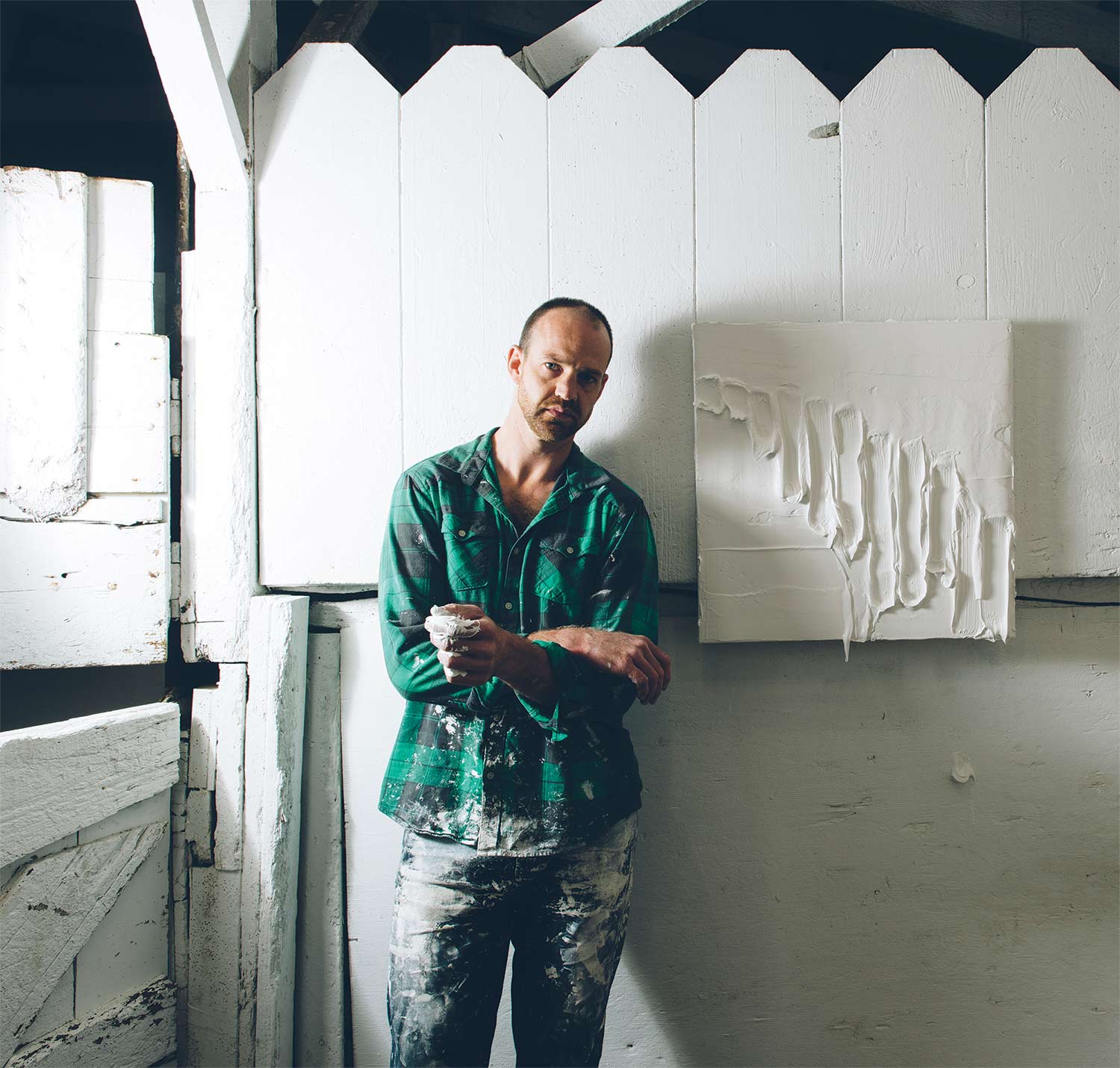
Challenges
with
Photograph by Saroyan Humphrey
This is a story about rough waters.
Take Nothing for Granted
He returned to Boston to work for the U.S. Small Business Administration, then joined the law firm of Davis, Malm & D’Agostine. A partner there for nearly three decades now, he was named to the 2018 list of Massachusetts Super Lawyers — an honor he shrugs away as “mostly the sign of a good marketing director.”
On New Year’s Eve last year, an old friend came to visit: Hewett’s sophomore-year roommate and fraternity brother John Lawlis ’76, P’11, now an orthopedic surgeon in Burlington, Vt. Lawlis looked at a seemingly innocuous lump that Hewett had recently noticed just above his right knee. He told Hewett to get it checked.
As it happened, Hewett’s annual physical was only a few days away.
And then things started happening fast.
The physical was followed by an MRI, a referral to an oncologist at Massachusetts General, a biopsy and the news: The lump was a tumor the size of a tennis ball. After surgery in March, a second biopsy confirmed the malignancy. Daily radiation sessions went on for six-and-a-half weeks.
Hewett compares the process to rafting Class IV rapids. “You get an initial assessment and sort of lose your sense of stability,” he says. “People you don’t know are shouting important things at you, using terms that you don’t understand. You can feel so lost, unless you have a guide to steer you through.”
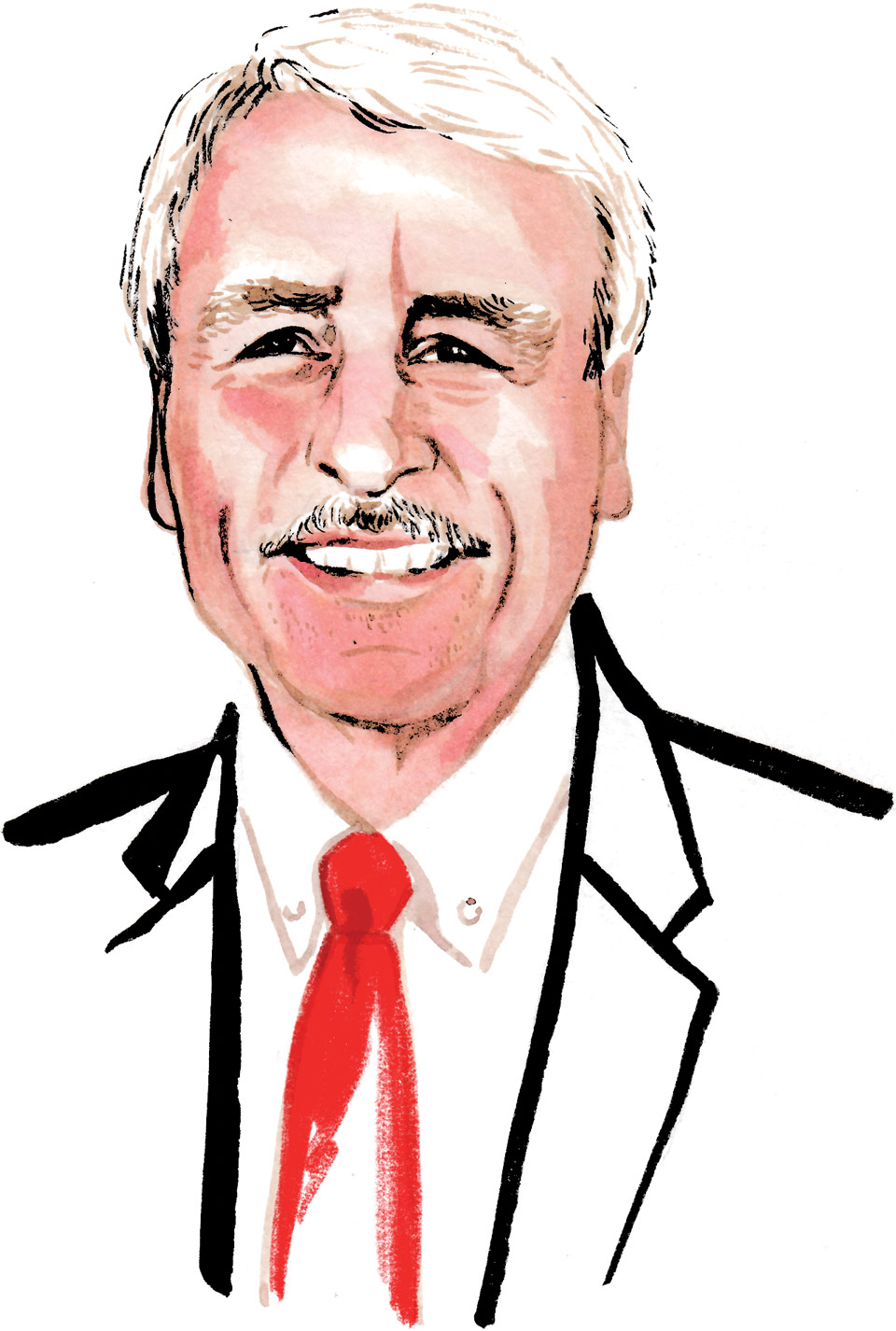
Only two weeks after the surgery, Hewett started exercising again. Blood thinner addressed blood clots that had formed. Scar tissue now limits his range of motion a bit, but that didn’t stop him from taking his first one-on-one vacation with his son: A midsummer trip to Scandinavia, with glacier hikes and heartfelt highway conversation.
Many things he wouldn’t have considered before — early retirement, downsizing the family home — are now on the table to make room for more travel and time with those he loves. He comes from a family line of long and healthy lives, but he says, “That’s something no one should take for granted, and I don’t anymore.”
Bearing Witness
Kristen “Krissy” Stewart ’13 majored in psychology and Spanish at Bucknell. She then moved to Manhattan, and is now a senior matchmaker for the bespoke matchmaking service Three Day Rule. She searches social media platforms, the company’s database and the corners of her own workaday world for the perfect match for her clients, and interviews each potential match in person. The premise, she says, is that “most singles would be happier if they went on fewer dates, but better ones.”
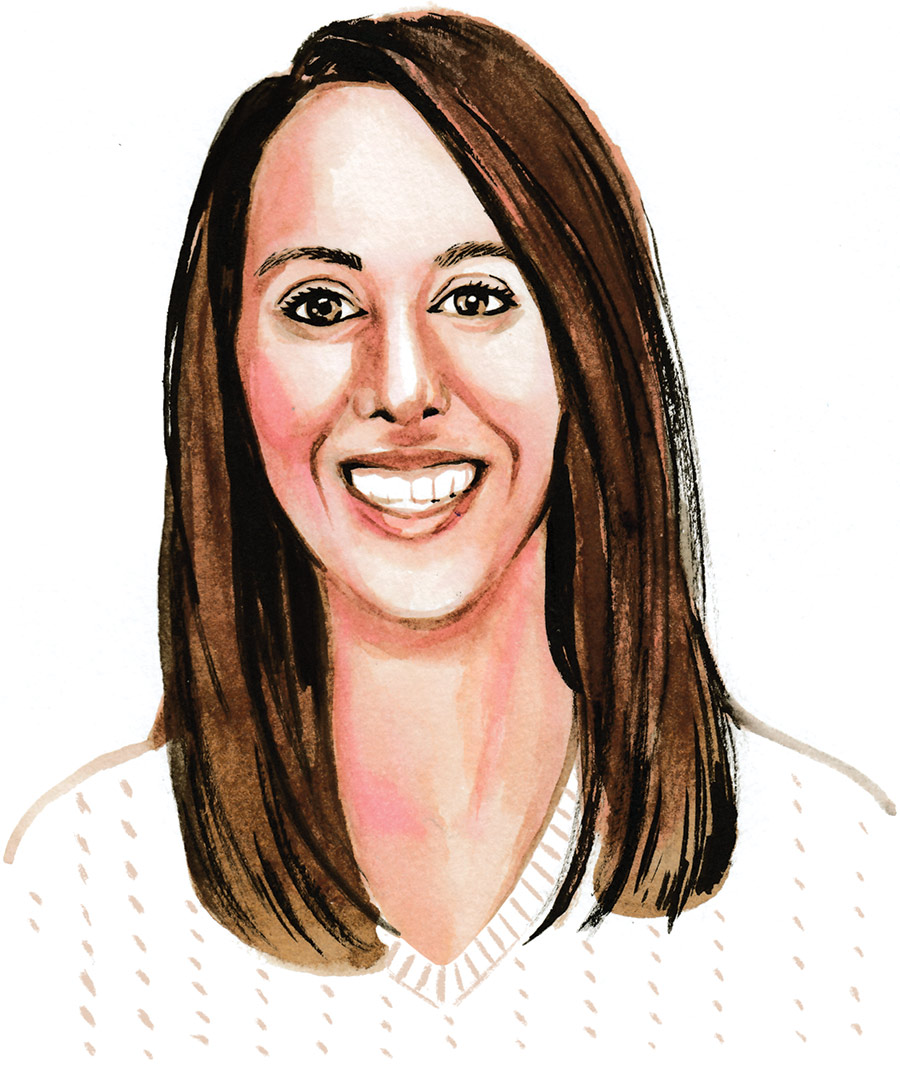
An MRI revealed a brain tumor. Stewart had three days to process this news before her emergency surgery. She was awake for much of it; to prevent irreparable damage to her brain, only half of the tumor was removed.
In the next few days, more than 500 people sent her messages. Some she hadn’t spoken to since middle school; others were college friends, including those from the Bucknell Dance Company, who sent her a gift package.
Her mother slept in her hospital room to help with the first week of recovery. Double vision and continued nausea compounded Stewart’s anxiety, but her ability to express any of this was compromised; the words just wouldn’t come. After rehab, she moved into her mother’s house, where she continued her physical and speech therapies, and worked on her balance and memory. She froze her eggs before beginning two months of radiation. Her chemotherapy continues even now, one week per month, with each session leaving her, in her words, “not quite as bubbly and sharp as usual.”
“The first few weeks were horrible,” she says, “and in some ways they’re still with me.” But the chemo will end by this summer, and she’s learned to keep its effects from impinging upon her client relationships.
In dedicating her memoir to her mother, Stewart expressed the gratitude she feels toward “the most loving, supportive person I’ve ever known.” She now makes a practice of reaching out to everyone who has bettered her world. “You can live your whole life and never know how you’ve affected those around you,” she says. “But so many people got in touch after my surgery to say that I’d made a difference. I want everyone in my life to know they’ve done the same for me.”
A Locus for Action
Fragment 49a adds a twist to Heraclitus’ use of water as a symbol of flux: “We step and do not step into the same rivers; we are and are not.”
And sometimes it’s less a river than an ocean.
Matthew Wetschler ’02 studied studio art and majored in philosophy at Bucknell, but after graduation, extreme sports interested him most. He moved to Jackson Hole, Wyo., to teach skiing, and was soon a sponsored big-mountain skier — one of those people you see in documentaries daffying off 50-foot cornices. But when he blew out a knee, he knew it was time for a change.
A chance encounter with a photographer led Wetschler to sell his belongings and move to New Delhi, India, to work for a nonprofit focused on education. First he served as an English teacher, then as a managing consultant. He mapped out the organization’s programs, wrote manuals to codify their work and revamped the volunteer orientation program.
This experience of finding happiness by serving others led him to medical school back in the states. In 2013, he graduated from the University of North Carolina with an M.D. and a master’s in public health, then started an emergency medicine residency at Stanford. While there, Wetschler continued the research that had led to his master’s thesis, exploring new ways to transform health care with technology. He also founded a consulting group, Inside Healthcare, to connect physicians to promising health tech startups.
During his final year of residency, Wetschler began to feel burned out. He took a four-month leave of absence and returned to the art that had brought him peace in the past. He painted full time, and his mind came back into equilibrium. He had a gallery show, and his work sold out.
In the senior lecture he gave at the end of his residency, he discussed the burnout that almost derailed him and the art that sustained him. “I felt so vulnerable admitting to my struggle with suicidal thoughts, and I was afraid it would end my career,” he says. His closing words were met with a standing ovation. The lecture had been filmed, of course. And the video went viral.
Other residency programs reached out, asking him to speak with their residents. The result was a tripartite professional life: short stints as an ER doctor at rural hospitals, with the rest of his time split between his painting and lecturing on wellness in medicine.
There was a fourth element that he enjoyed whenever he was home in San Francisco: surfing. He’d moved to Outer Sunset to be nearer the water, and every day, at sunset or sunrise or maybe both, he’d walk to Ocean Beach, where Golden Gate Park meets the Pacific.
One overcast afternoon in November 2017, Wetschler grabbed a wooden hand plane and headed down to surf with a friend. With its cold water, strong currents and big waves, Ocean Beach can be dangerous, even for experienced surfers. On this day, conditions were unsightly, with a rising cross breeze turning the waves chaotic. One moment, as his friend drifted out of sight, Wetschler was floating calmly near shore; the next moment, he was floating face down, conscious but immobile, aware only that he was on the verge of death. He screamed into the water. And then his mind went dark.
By the time paramedics arrived, Wetschler’s pulse had returned, but no one knew how long he’d gone without breathing. The ambulance took him to the ER, where the lamina at the top of his spine was removed so his spinal cord could swell freely. Metal rods were inserted to either side of his spine for stability, and five of his vertebrae were affixed by screws to those rods.
Wetschler awoke paralyzed from the neck down, a breathing tube rattling between his teeth, IVs attached to both arms. He felt searing electrical pain when anyone touched his skin. His neurosurgeon explained what had most likely happened: An unseen wave drove him face first into a sandbar, snapping his body forward, tearing his spinal ligaments and cracking his vertebrae. His spinal cord had stretched almost to its breaking point.
Wetschler was the first U.S. patient to benefit from a new post-op protocol ensuring blood flow through the spinal cord, so his doctors were optimistic about his recovery. In rehab at Santa Clara Valley Medical Center, he began relearning basic actions: moving his fingers and toes, and sitting upright. As soon as he figured out how to hold a brush, “the art therapist literally had to close my fingers around the brush and support my arm,” he writes. “We moved together in this strange sort of dance.” He started painting again, turning his hospital room into both studio and gallery.
Wetschler was still often in crippling pain and still dependent on nurses in the most basic of ways. He was in deep debt after medical school and had lost the career intended to pay off that debt. And he was …
Happy.
“The happiest I’ve ever been,” he writes. The exhaustion that accompanied learning to walk again was not unlike what he’d felt as a rower, a surfer, a big-mountain skier. And six weeks after his accident — months before his doctors expected — he walked out of the hospital under his own steam, albeit with the help of crutches.
His parents moved in to help for a few months. Sebastian Joll became a close friend. And as his physical therapy continued, Wetschler returned to his art full time, selling enough paintings to support himself, and finding galleries to represent him in San Francisco and Seattle.
His work is all but void of color, and often harnesses techniques that interrogate the physical limitations he faces, producing what he describes as “gouges and troughs on the surface of [the] canvas.” As he explores the nature of struggle and persistence, movement becomes ritual through repetition. The world reduces to motion and will; physical exhaustion is one desired end. The canvas is a locus for action, and his artwork is a living record of his body’s healing.
Though he hasn’t yet found a way to reincorporate the athleticism that was once central to his identity, and though that loss still occasionally leads his mind into dark corners, his life is again tripartite. He paints and lectures on everything from paralysis and recovery to self-optimization and resilience, and he’s working on a project that unites his two professional passions: health care and technology.
Wetschler co-founded Mariposa Health with his best friend from medical school, a trans woman who’s an expert in trans health care. “One of the biggest challenges facing the trans population is lack of access to health care,” Wetschler says. “There is far more demand for gender-affirming treatment than there are doctors capable of providing it, and most of those doctors are clustered in major cities. Properly handled, telemedicine could be revolutionary for this community.”
In Fragment 10, Heraclitus references “things whole and things not whole, what is drawn together and what is drawn asunder, the harmonious and the discordant.” Wetschler has ample experience of all of that. His health challenges continue: He has little feeling in his hands and weakness down his right side; he occasionally loses his balance and sometimes walks with a slight limp. But as he says in an essay he wrote about his accident, “We hold on, persist, and occasionally nature obliges, and grants passage.”
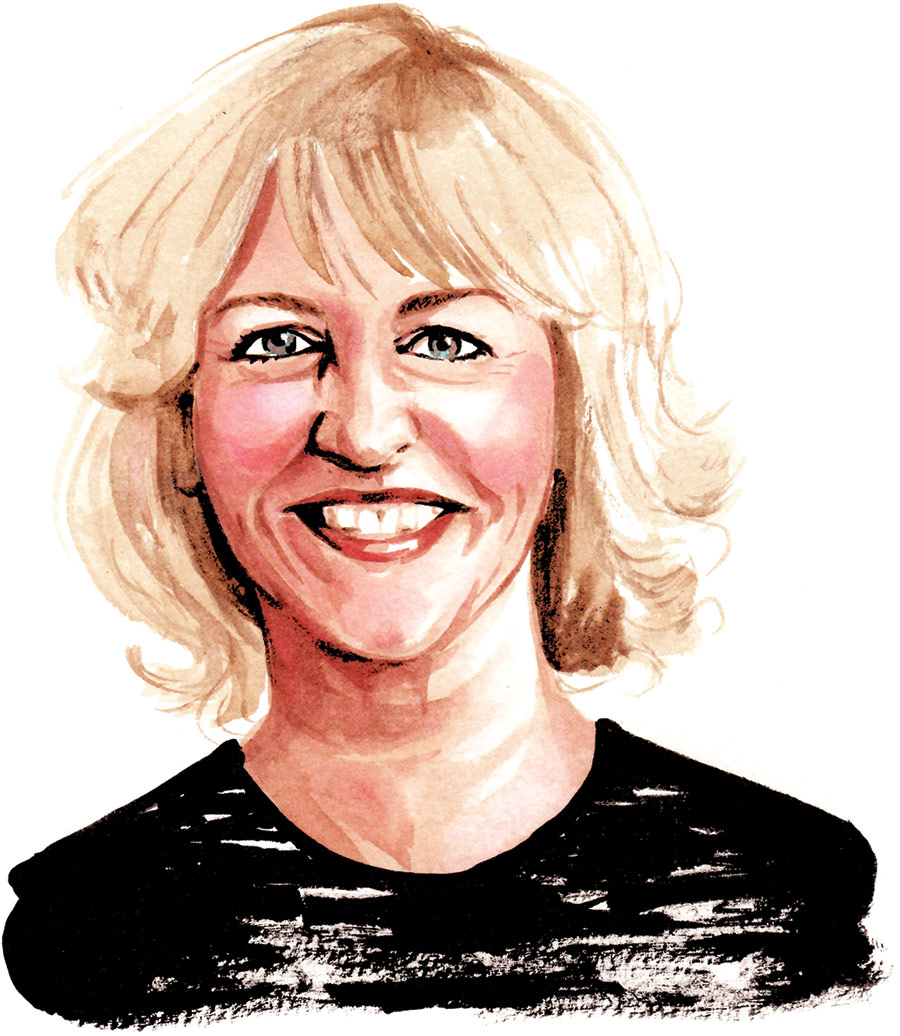
It was quite a year for Ali’s mother, Jody Schleicher ’76, as all three of her children fulfilled longtime dreams. Besides Stroker’s award for her role in Oklahoma, 2019 brought the birth of Schleicher’s first grandchild, courtesy of son Jake and his wife Alissa, and the wedding of her younger daughter, Tory.
Thirty years ago, a car accident nearly killed Schleicher and her two eldest children. Ali, 2, suffered a broken spine; Jake, 4, had a life-threatening brain trauma.
Schleicher, who graduated Phi Beta Kappa with a degree in art history, made caring for her children her career. There were emergency surgeries, months of rehab and years of advocating for her kids, including a constant battle for their inclusion in school and other activities. “It’s been 30 years of running as hard as I can,” she says.
“One result of the accident for me was becoming more aware of other people’s challenges,” Schleicher adds. That compassion, combined with courage and tenacity born of necessity, enabled Schleicher to insist that Ali be allowed to audition like anyone else. Ali’s career began with the role of Annie in a neighborhood production, followed by a run as Dorothy in The Wiz at Somerville Children’s Theater.
Riolo’s connection to students with disabilities is personal: His daughter, Haley, 16, has Down Syndrome. He and his wife sold their house to address her immediate needs, but the long-range challenge was ensuring that Haley’s life would be rich in opportunities.
Riolo’s commitment to his students was most clearly demonstrated last year, when Carmel High student Jack Higgins, who’d been part of PACE for eight years, was ready to graduate. His parents worried that the noise sensitivity caused by his autism might keep him out of the ceremony. Together with Riolo, they came up with a plan.
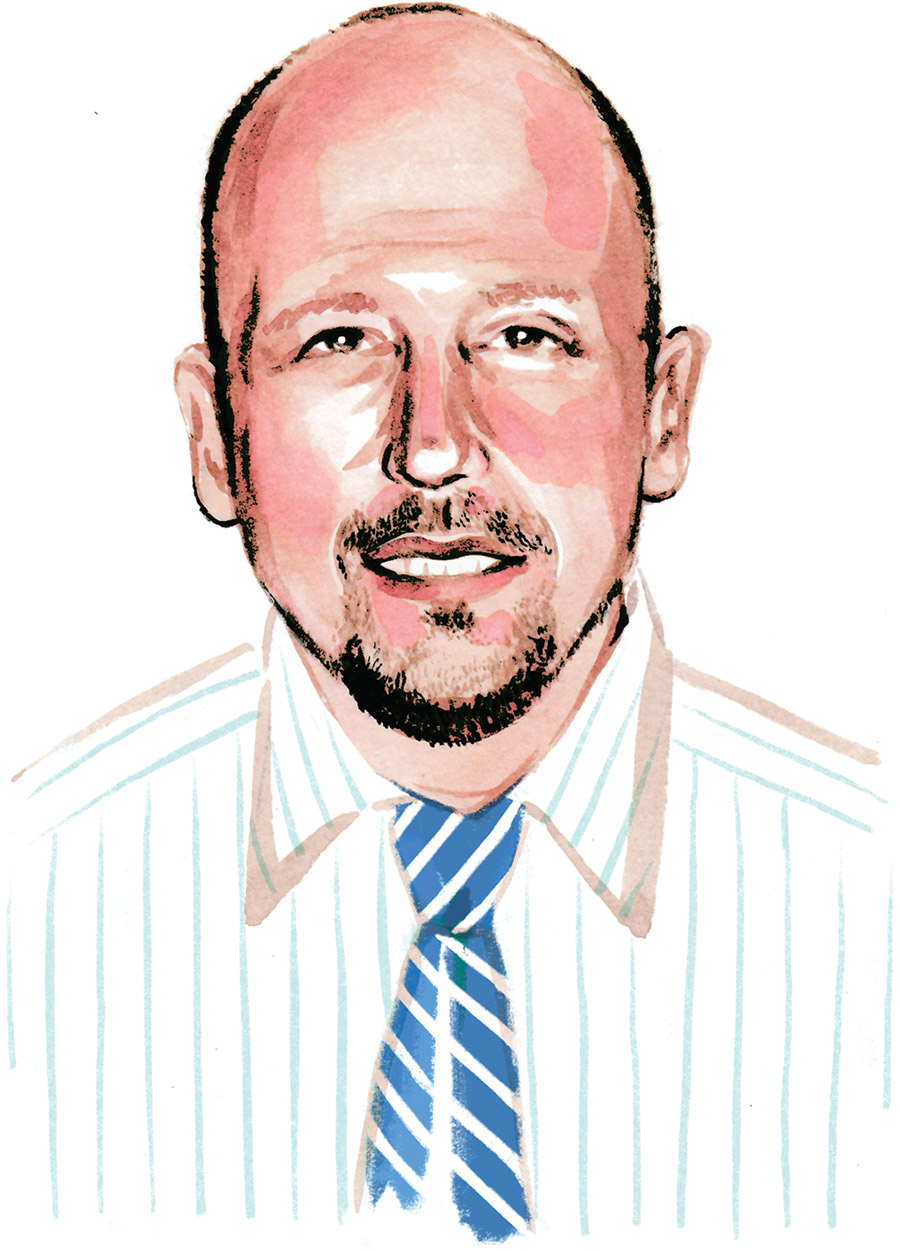
Riolo says he’s as worried about the future as anyone else, but he’s inspired by how purposefully his students act to meet high expectations. He reserves his highest praise for Jack Higgins. “How overwhelming must that have been with all those people? That walk must have seemed like it would never end, but he didn’t stop. He just didn’t stop.” — Roy Kesey